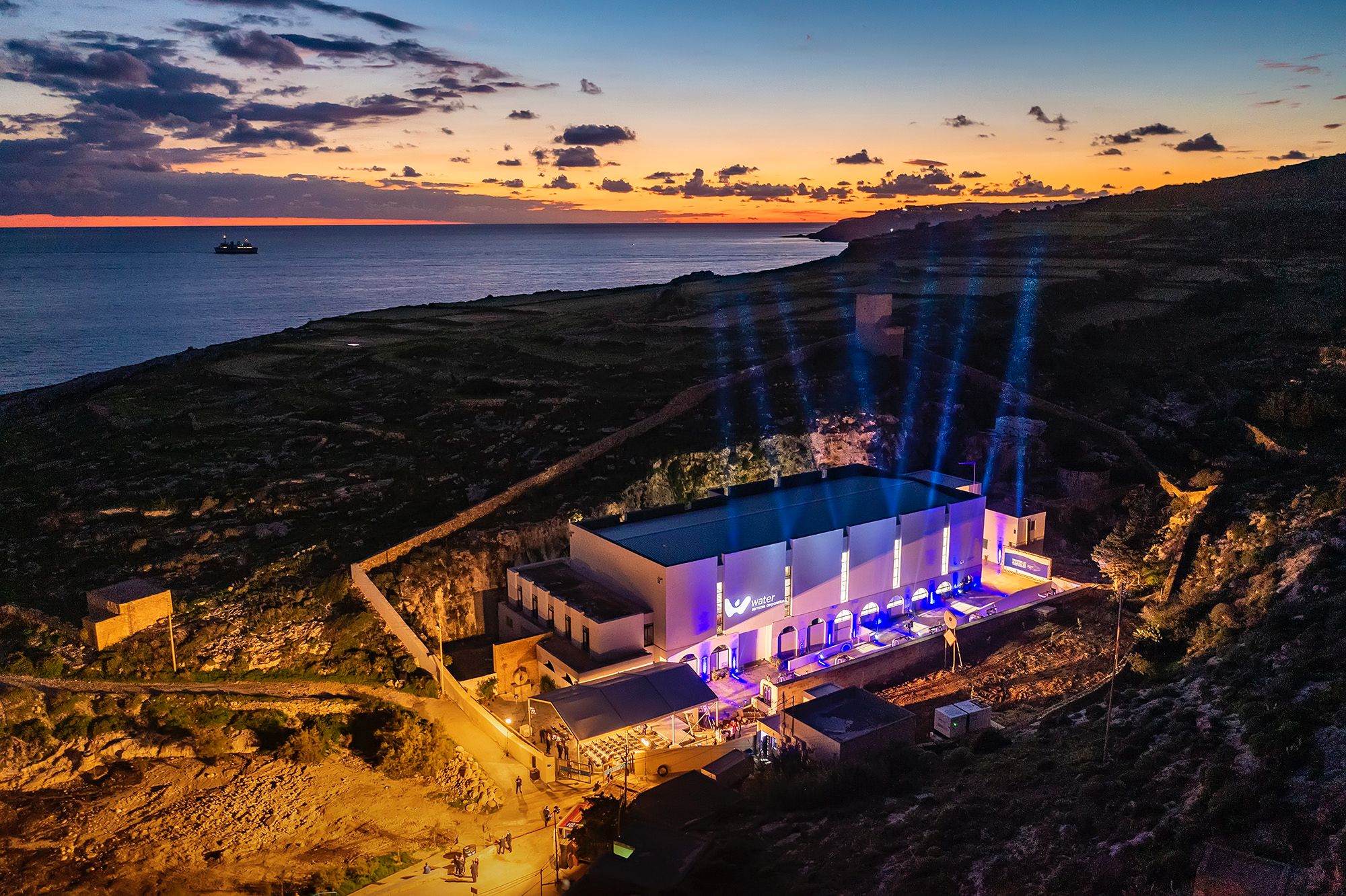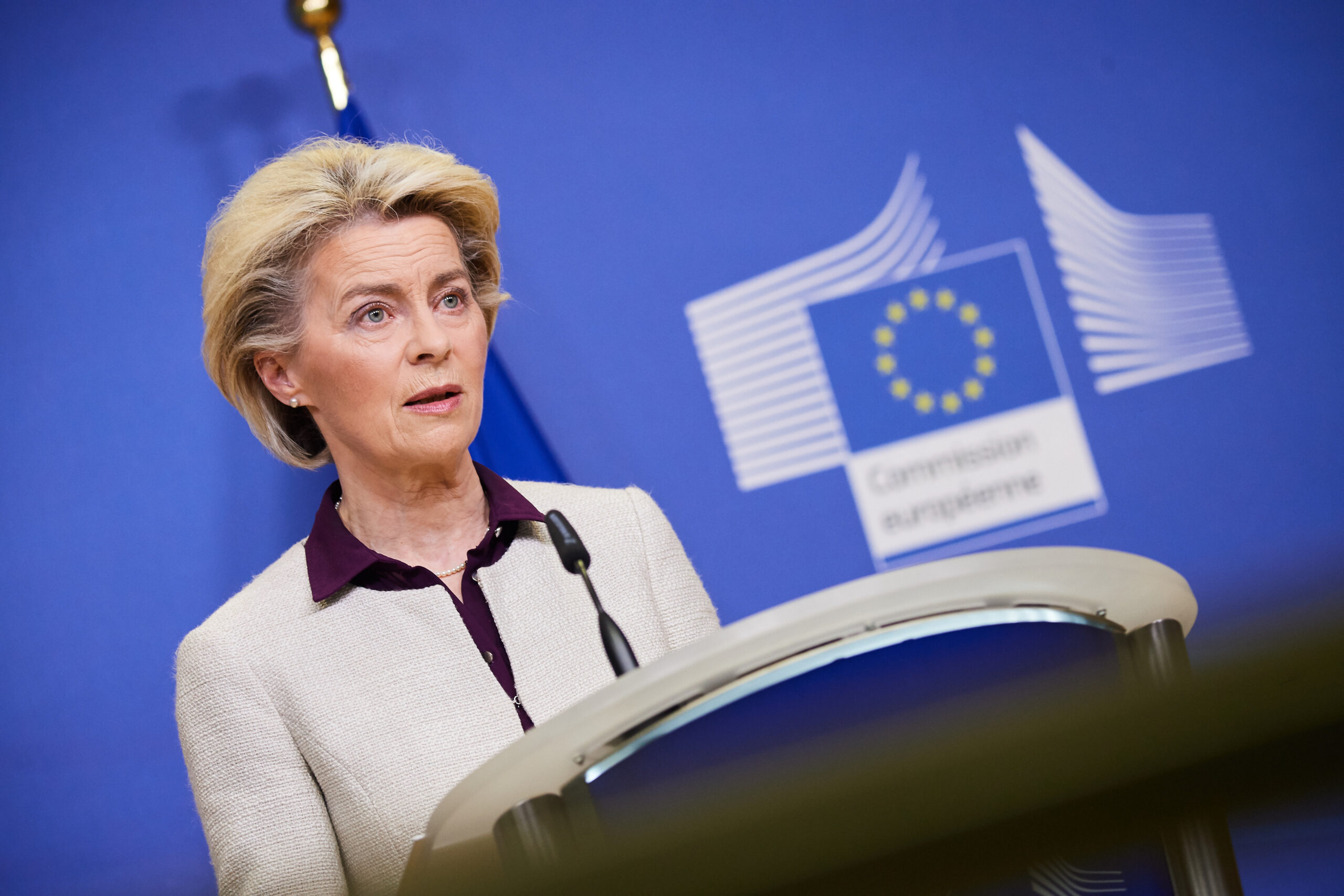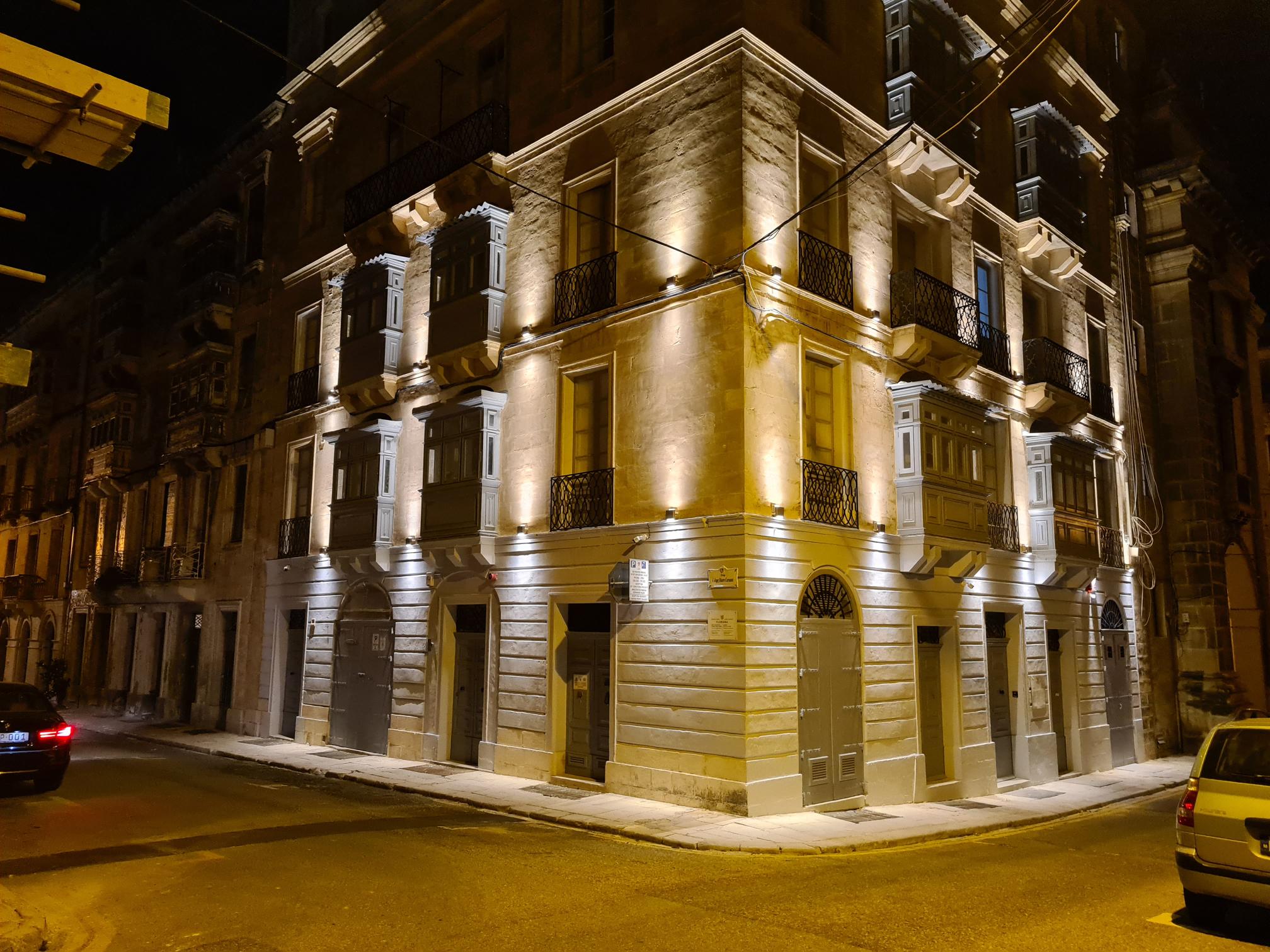ClearFlowPlus plc, a wholly owned subsidiary of the Water Services Corporation, has announced a €25 million bond issue that will be used to finance upgrades to the various parts of Malta’s water production and distribution infrastructure, and to install photovoltaic panels.
The investments should generate electricity from renewable resources, improve wastewater treatment, and reduce leakages and other water losses.
These efforts are expected to contribute to Malta’s long-term sustainability efforts, and therefore constitute a green bond – Malta’s first.
A green bond is defined as “a debt instrument the proceeds of which will be exclusively applied to finance or refinance, in part or in full, new and/or existing eligible green projects.”
The bond issue, which will become available for subscription by the general public on 1st August, carries a coupon rate of 4.35 per cent and is subject to a minimum subscription of €5,000.
Use of proceeds
Up to €6 million of the proceeds will be used to create new solar energy farms on reservoirs and other WSC infrastructure around Malta. These include reservoirs in Luqa and Naxxar, the WSC headquarters and lab office, also in Luqa, the reverse osmosis plants in Pembroke, Lapsi and Ċirkewwa, the sewerage treatment plant in Barkat, and a new warehouse in Bulebel.
The combined total roof area of these sites is 19,151 sqm. Following the proposed installations of the new plants, the renewable energy produced from the photovoltaic plants and biogas by WSC is expected to increase from 6.52GWh to 14.2 GWh.
This additional capacity will mitigate the environmental challenge and expense faced by the WSC in producing and distributing water.
In the prospectus, it explains that the production and distribution of around 35 million cubic metres of potable water in 2022 consumed 127 GWh of energy, whilst the production of 1.6 million cubic metres of new water consumed 4.26 GWh.
“The production and distribution of one cubic metre of potable water requires circa 3.6 kWh of energy, whilst one cubic metre of new water consumes 2.67 kWh.”
Another €1.7 million will be used to re-finance part of the Ħondoq ir-Rummien reverse osmosis plant, through the repayment of a portion of the outstanding overdraft facility extended by HSBC Malta, and up to €2 million will be used to upgrade the airblowers and aeration system within Ta’ Barkat wastewater treatment plant
Around €7.9 million will be invested in reducing non-revenue water and improving billing efficiencies projects, in particular the costs in connection with the purchase and commissioning of the upgrade to the WSC’s Enterprise Resource Planning (ERP) – SAP system and the algorithmic software within such system so as to enhance its effectiveness in detecting real losses and to a greater extent apparent losses.
Non-revenue water mainly consists of real losses generated through leakages and overflows in the distribution infrastructure and apparent losses resulting essentially from theft of water, meter errors and other billing inefficiencies.
Finally, the remaining €7.4 million will be used to upgrade the water network and infrastrcuture projects, including the repair, replacement, maintenance and where necessary rerouting or redesigning of existing network.
These projects have been assessed to be eligible green projects, and verified as such by an accredited external reviewer.
Featured Image:
Ħondoq ir-Rummien Reverse Osmosis / Water Services Corporation / Daniel Cilia
Euro surges as Trump slaps 20% tariff on Europe, EU vows to retaliate
The sweeping reciprocal tariffs has sparked fears of an all-out global trade war
Malta Development Bank hosts Network of European Financial Institutions for SMEs meeting in Malta
The group plays a crucial role in providing expertise and strategic guidance to the EU and its financial institutions
New ERDF grant schemes unveiled to boost SME growth and digitalisation
These ERDF grants present a significant opportunity for Maltese SMEs to strengthen their market position






